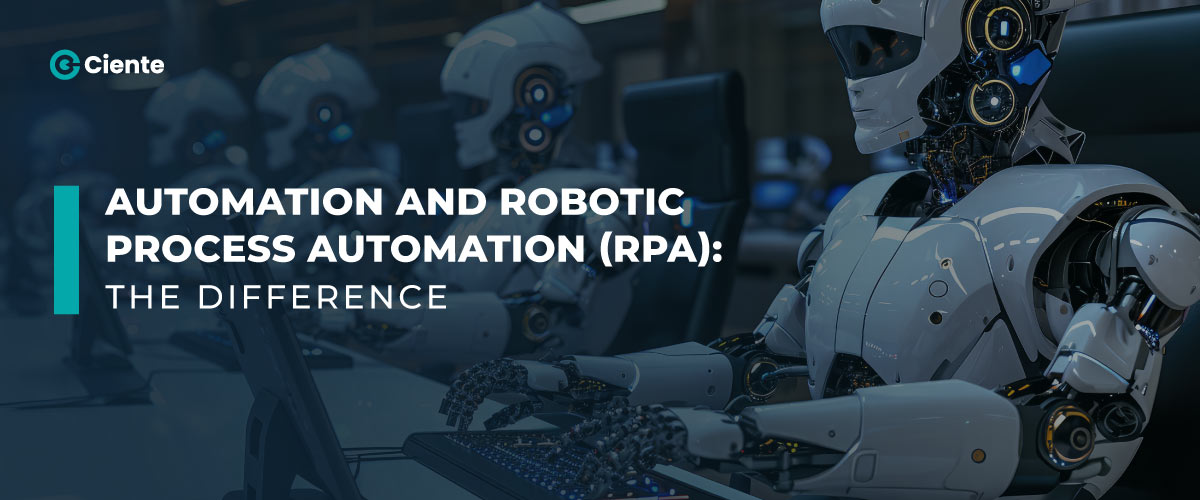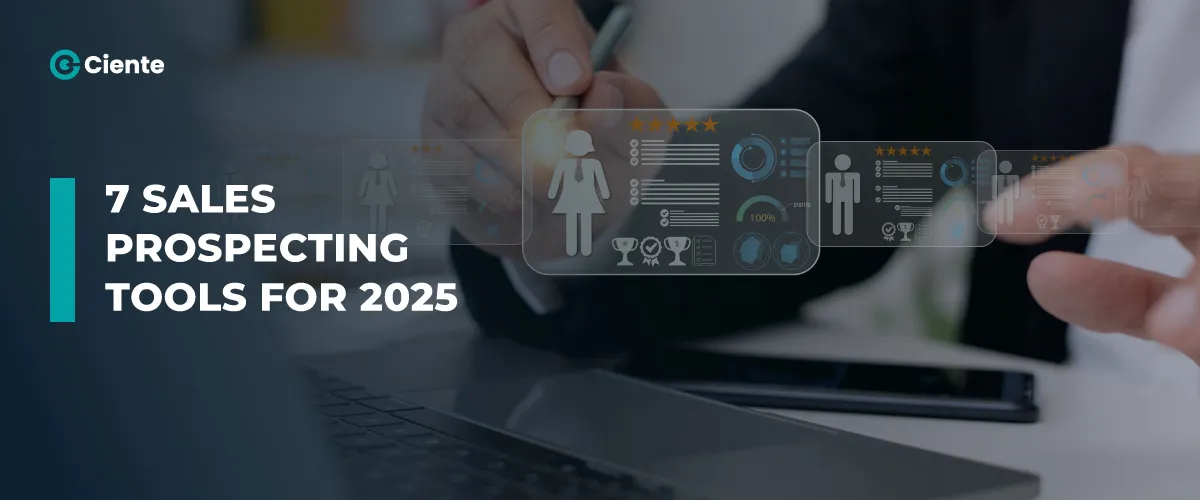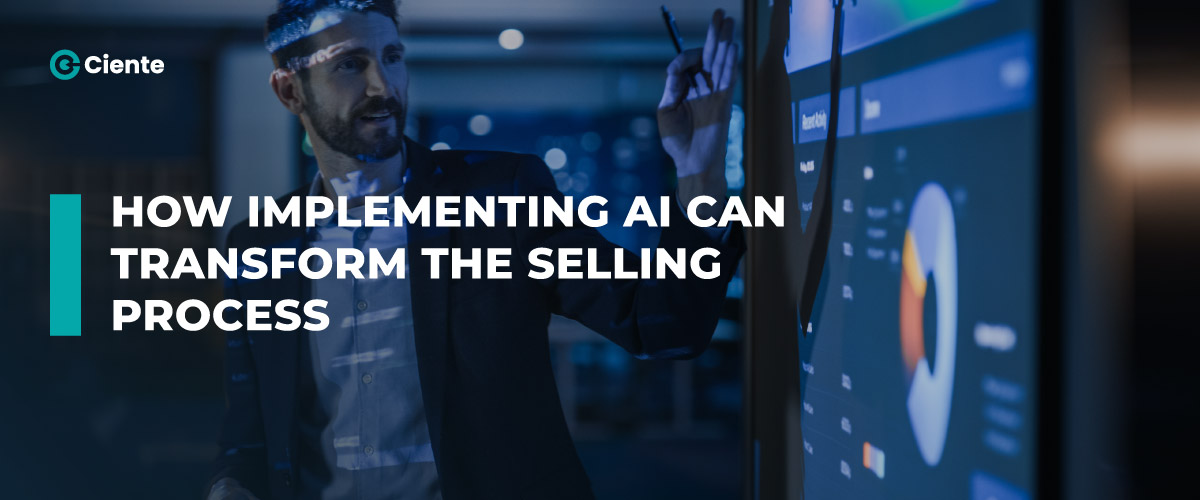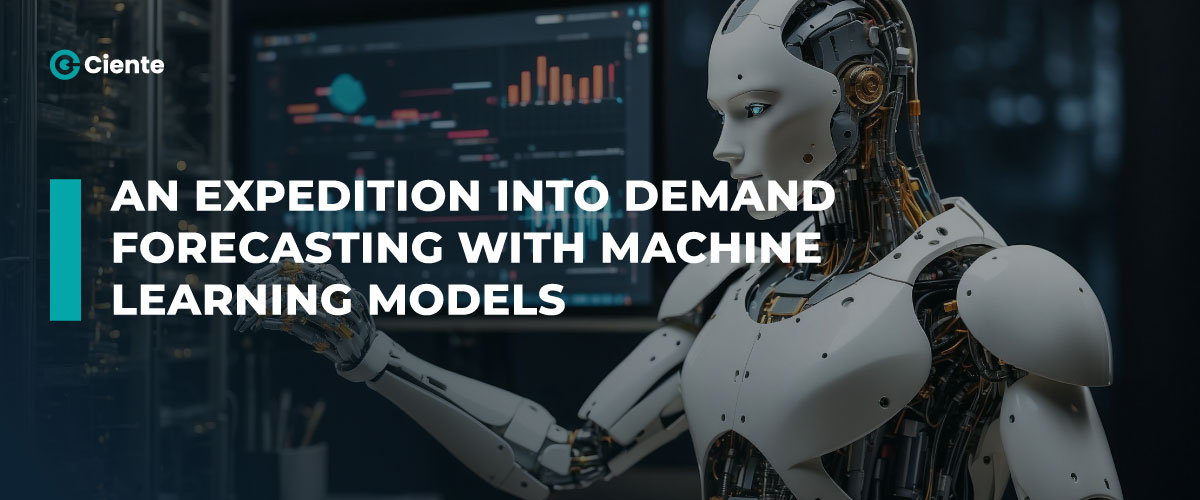Automation and Robotic Process Automation (RPA): The Difference
Robotic Process Automation is slowly, but steadily changing the automation industry dynamics. Does it really have an edge over Traditional Automation?
In the wake of technological advancement and Industry 4.0, automation, as a cornerstone, has revolutionized how most businesses function. But, when we ruminate about traditional automation capabilities, we realize Robotic Process Automation (RPA) surpasses it in many ways.
The global robotic process automation (RPA) market is projected at over 13 billion U.S. dollars by 2030. Traditional automation can be perceived as the sturdy foundation of the Automation landscape, and RPA is the next-level player navigating the realms of the user interface and APIs while mimicking human interactions. Does RPA have its limitations? Will it substitute Traditional automation technology in the long run? We delve into this engaging world of massive potential and objectively point out how these two differ fundamentally and how businesses leverage both for enhanced efficiency and revenue growth.
Traditional automation vs Robotic Process automation
Traditional automation performs backend tasks of user applications and executes device integration at an infrastructural level. It combines pre-defined instructions and programming and APIs to integrate with different systems to execute repeated tasks and requires exceptional coding and programming skills and knowledge of the target system.
Robotic Process Automation
RPA mimics human interaction with the system and operates on the user interface, thereby mitigating the need for deep knowledge of programming and coding skills. This technology retrieves data between applications and completes complex tasks effortlessly using AI and ML. Leveraging bots on the superficial layer of systems relieves users from diving deep into technological nuances or programming hassles.
The key technical difference between Automation and RPA
While both automation technologies drive the efficiency of business processes, many differences propel RPA to be the best choice for enterprises.
- Essentially, to use traditional automation, businesses need professionals who are technically sound and adept at working with the target systems. They execute instructions on the API level that interact with the backend system to carry out repetitive tasks. On the other hand, RPA, with its ability to operate on the user interface, consists of easy-to-understand flowcharts and can be used by non-technical resources.
- Traditional automation entails radical modification to the IT structure, as we are referring to integrations amidst systems, and such implementations are time-consuming. RPA leverages graphical user interfaces and simple integration with the ability to retrieve relevant information seamlessly.
- Pre-defined programs in traditional automation cannot be easily upgraded to produce different outputs. In short, customization is a task that entails massive effort and is highly complex, posed by API limitations. RPA, on the other hand, offers peak levels of customization by harnessing the power of bot functions with easy integration with the ERP or CRM systems. For the same reason, RPA is more scalable when compared to Traditional Automation.
- Since traditional automation functions involve human intervention during the coding process, it is prone to errors or aberration. RPA and its set of software bots handle all tasks efficiently and with precision.
- Enterprises need less investment to implement traditional automation software initially when compared to RPA implementation. But with time, if the business needs changes or customizations, the former incurs more investment than the latter. Investing in RPA tools is cost-effective in the long run.
- Traditional Automation needs more CPU space as it relies on heavy coding residing on the integration level. RPA involves lightweight software bots that carry out the designated tasks in a virtual space, mitigating the need for a large processing room and infrastructure.
RPA is the clear winner if we consider the above factors, but does it have any limitations in its offerings?
As with every technologically advanced tool, RPA poses its challenges:
Security concerns
RPA deals with sensitive information like personally identifiable information, which is a deterrent if security glitches happen by mistake. A high level of encryption while moving data and ISO 27701 certification are viable solutions to mitigate security concerns.
Limitations
Craig le Clair, a Forrester author, claimed that RPAs work best while executing simple tasks. When we say simple, we imply dealing with tasks requiring five or fewer decisions, juggling between five or fewer applications, and involving less than or equal to 500 clicks.
Scalability
Since RPA works on the user interface level, any major changes in the API structure can break the bot and yield an incorrect output.
How does Traditional Automation make itself relevant today and in the future?
Just as virtual interactions between human beings cannot completely replace in-person meetings, RPA cannot fully substitute Traditional Automation. Let us probe into possibilities as simple as what if the backend technology breaks? Traditional automation finds its relevance in large-scale data transfers, and complex decision-making owing to its deep system integration.
Remember the limitation of RPA with the rule of five? Traditional Automation has a superlative capacity to analyze and decipher data to make complex decisions compared to RPA. For more technical activities like application integration, system synchronization, and database updates, Traditional Automation is again an indomitable force.
RPA’s business applications
RPA is used extensively in accounting, financial services, healthcare, human resources, and customer service industries for automating processes and payments, document retrieval and verification, billing or monitoring inventory.
Wrapping it up
There is always room for more technological advancements, and AI, at the forefront of innovations, is consistently outperforming software technologies from yesteryears. As automation technology paved the path for RPA, a new technology would be waiting around the corner, to further alter the automation dynamics. Being cognizant of these would help you leverage the transformative power of further advancement in the future. For now, as a decision-maker of an enterprise, you would be the best resource to understand the organization’s critical needs for growth.
Having said that, the success of any new implementation revolves around many factors: Did it help enhance productivity? Was it scalable and user-friendly? Were users able to seamlessly adopt it to deliver their KRAs without extensive training time or resources? RPA seems to score high considering all these factors, and transitioning into this thriving technology has beckoned positive outcomes across industries. It would only be wise to take charge of your business while capitalizing on this Automation wave.







